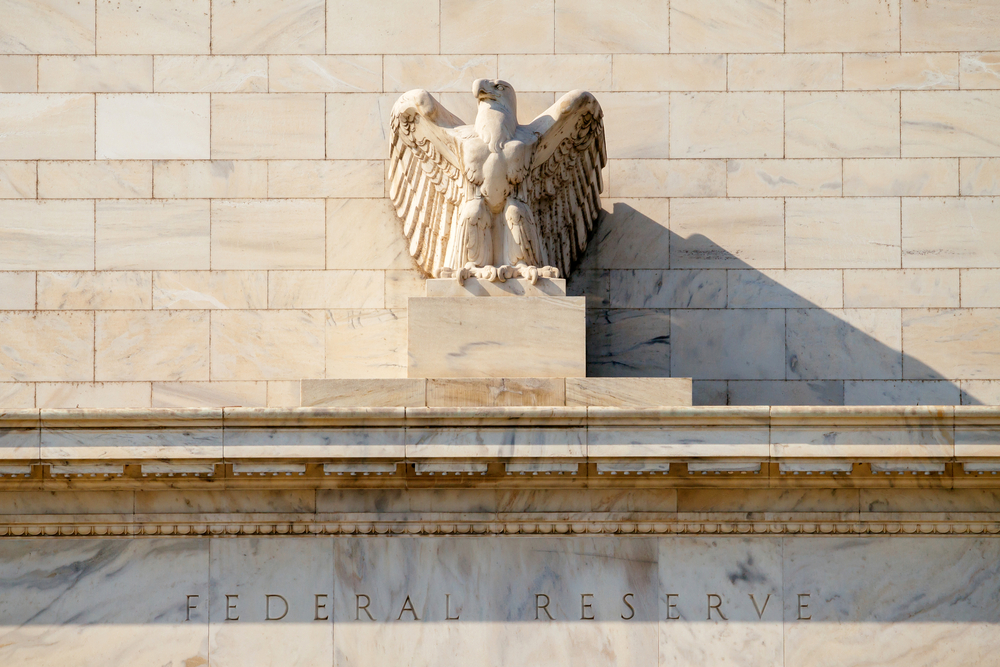
Monetary Policy & Inflation | US

Monetary Policy & Inflation | US
This article is only available to Macro Hive subscribers. Sign-up to receive world-class macro analysis with a daily curated newsletter, podcast, original content from award-winning researchers, cross market strategy, equity insights, trade ideas, crypto flow frameworks, academic paper summaries, explanation and analysis of market-moving events, community investor chat room, and more.
The Fed narrative has now shifted to higher for longer largely due to positive inflation surprises (Table 1 and Chart 1). Chair Jerome Powell on 16 April stated it would take longer for the Fed to feel confident enough on the inflation trajectory to start cutting.
Disinflation has stalled. Core PCE has remained close to 3% since end-2023 (Chart 2). This mainly reflects two factors. First, a clear stabilization of housing inflation at much higher levels than pre-crisis (Chart 3). The accompanying large positive revision in the BLS’s new tenant rent index has likely undermined the Fed’s confidence in continued housing disinflation (Chart 4). Recent comments from FOMC participants convey housing inflation is a key concern.
Second, supercore inflation is no longer slowing, despite a continued slowdown in wage inflation (Chart 5).
Core consumer goods prices continue deflating but account for only about one fourth of core PCE weights (Chart 6).
Meanwhile, growth remains strong. A negative surprise in Q1 reflects the volatile inventories and net exports categories. Excluding those, GDP growth remains above the trend of about 2% (Chart 7).
Similarly, employment growth remains well above pre-pandemic levels, while unemployment is slowly returning to a sustainable level (Chart 8). The combination of fast employment growth and stable unemployment reflects a sharp, mainly immigration-driven, increase in labour supply (Chart 9).
At the 1 May FOMC meeting, Powell is likely to convey the Fed needs a resumption of disinflation to start cutting but will not provide a time frame for when this could happen.
This is for two main reasons. First is extreme data dependency. The Fed gave up on the expectation augmented Phillips curve, its workhorse inflation model, after the inflation surge of 2021 and has not replaced it with a new framework. Therefore, it likely does not have a timeframe for when disinflation could resume and will remain reactive to data.
Second, the Fed is dealing with the perennial issue of monetary policy transmission lags. Despite the stabilization of core PCE, the FFR remains above the Taylor rule (Chart 10). Yet, the Fed’s own financial conditions indices have been easing, though they remain tighter than at their 2021 nadir (Chart 11). A key message from the FOMC will be Powell’s characterization of FCIs, which he has previously described as restrictive, based on the ongoing economic rebalancing.
Powell is likely to get asked if the next Fed move is more likely to be a hike than a cut. I expect him to reply that if inflation showed signs of accelerating again the Fed would not hesitate to hike but that he does not believe the US economy has reached such a juncture.
I have previously noted the Fed’s intention to ride the ongoing positive supply shocks for as long as possible, despite the risk that an end to these shocks could leave the US economy exposed to a resurgence in inflation. Inflation risks are elevated since the US is still in a high inflation regime and growth remains well above trend. However, I expected these risks to play out in late 2024/2025.
My concerns over inflation risks are playing out faster than I expected. The disinflation stall suggests the surge in migrant workers is not helping disinflation. Supercore inflation is not slowing alongside wages, possibly because of the highly concentrated nature of the US economy. Meanwhile, housing disinflation has stopped, possibly because the surge in migrant workers has increased housing demand. I intend to revisit these issues in greater detail.
Furthermore, there is a risk the 2022-23 disinflation has mainly reflected falling energy prices, a key driver of inflation expectations in a high inflation regime (Chart 12). Since Viresh does not see much downside to oil prices between now and end-2024, a large energy price decline is unlikely to rescue disinflation.
Lastly, as I have previously noted, the US economy has been finely balanced between stabilization and overheating but a recent worsening of external balance data suggests it is sliding into overheating (Chart 13).
Due to these developments, I no longer expect the Fed to cut in 2024.
The minutes of the 20 March FOMC included a detailed discussion of the QT taper. They stated ‘The vast majority of participants judged it would be prudent to begin slowing the pace of runoff fairly soon.’ Also, ‘In light of the uncertainty regarding the level of reserves consistent with operating in an ample-reserves regime, slowing the pace of balance sheet runoff sooner rather than later would help facilitate a smooth transition from abundant to ample reserve balances. Therefore, the decision to slow the pace of runoff does not mean that the balance sheet will ultimately shrink by less than it would otherwise. Rather, a slower pace of runoff would facilitate ongoing declines in securities holdings consistent with reaching ample reserves.’
Therefore, I expect the FOMC to announce the start of QT at a future date, though without specifying an end date, in line with the uncertainties mentioned in the minutes (Charts 14 and 15).
.
.
Spring sale - Prime Membership only £3 for 3 months! Get trade ideas and macro insights now
Your subscription has been successfully canceled.
Discount Applied - Your subscription has now updated with Coupon and from next payment Discount will be applied.